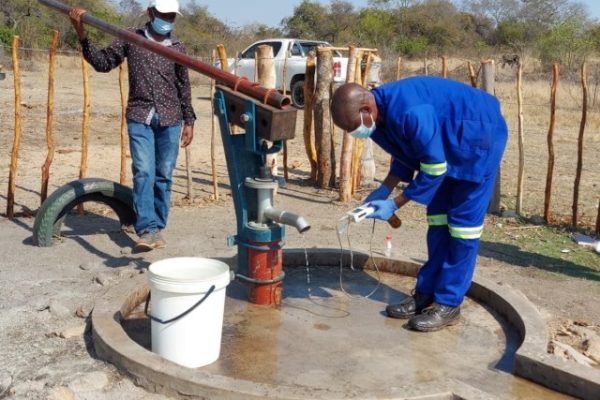
By: Nghiinomenwa-vali Hangala
Analysis of the building activities for the month of September 2025 for Windhoek and Swakopmund show that cheaper credit proves insufficient in stimulating more investment in the property sector.
Simonis Storm researchers have indicated that while cheaper credit offers some relief, the structural headwinds still persist in the economy.
The researchers indicated that elevated construction input costs, notably for cement, steel, and imported materials, continue to compress margins and deter large-scale investments within the property and construction sectors.
Moreover, business confidence remains fragile, constrained by global uncertainty, weak disposable income growth, and delayed public-sector infrastructure rollout.
“As such, the near-term recovery is likely to remain selective and incremental, with alterations, extensions, and mid-income housing projects driving activity rather than major commercial or industrial developments,” Simonis Storm researchers wrote.
They added that sustained recovery in the construction sector will depend on continued monetary easing, fiscal support for infrastructure, and improved investor sentiment heading into 2026. Overall, the researchers indicated that Namibia’s construction landscape remains uneven yet adaptive.
Windhoek’s construction activity held steady in September 2025, with 31 completed projects, matching August’s total, but significantly below the 77 projects recorded a year earlier. The value of completed projects reached N$29.3 million, marginally above July’s N$29.1 million, yet less than half of the N$59 million realised in September 2024, according to Simonis Storm analysis.
On a quarterly basis, 92 projects were finalised in the third quarter of 2025 with a combined value of N$87 million. This was lower than the 95 recorded in 2Q2025, and a lower cumulative value compared to N$104 million in the preceding quarter.
A year earlier, 3Q2024 registered 555 completed projects worth N$241 million, underscoring the subdued pace of new development amid tighter financial conditions and elevated input costs.
Most of Windhoek’s activities were concentrated in additions and alterations, amounting to 31 projects valued at N$50 million. Only 10 new houses and three boundary walls were completed, with no commercial buildings finalised.
According to Simonis Storm, this composition reflects a shift in focus towards property upgrades and extensions rather than large-scale developments, consistent with the current cautious investment climate.
“Property owners appear more inclined to enhance existing assets while awaiting stronger macroeconomic certainty,” the researchers noted.
Swakopmund recorded a modest rebound in September 2025, with 29 completed projects valued at N$20.3 million, up from 47 in August, but still below the 61 projects completed in September 2024. Residential construction dominated, with 16 new housing units and 11 extensions or alterations, while two commercial developments were finalised.
Simonis Storm highlighted that the distribution of Swakopmund building activities point to a sustained housing demand in the coastal town, driven by population growth, urban expansion, and continued interest from retirees and holiday-home investors.
As for Windhoek, the researchers added that the patterns in building activities signals economic caution and incremental investment, while Swakopmund’s steady residential growth illustrates underlying market resilience.
“Both trends suggest that smaller projects and housing upgrades will continue to underpin construction activity in the near term, until credit conditions ease and macroeconomic sentiment strengthens,” the researchers noted.
Looking ahead, the 25-basis-point interest rate reduction by the Bank of Namibia is expected to provide a modest boost to construction and real estate investment through lower borrowing costs and improved credit affordability.
The rate cut, aimed at supporting economic activity while maintaining currency stability, could stimulate demand for smaller-scale housing projects and renovations, particularly within the residential market.
Developers and homeowners who previously postponed projects due to high financing costs may gradually resume activity as lending conditions ease, Simonis Storm researchers stated. erastus@thevillagers.com.na









